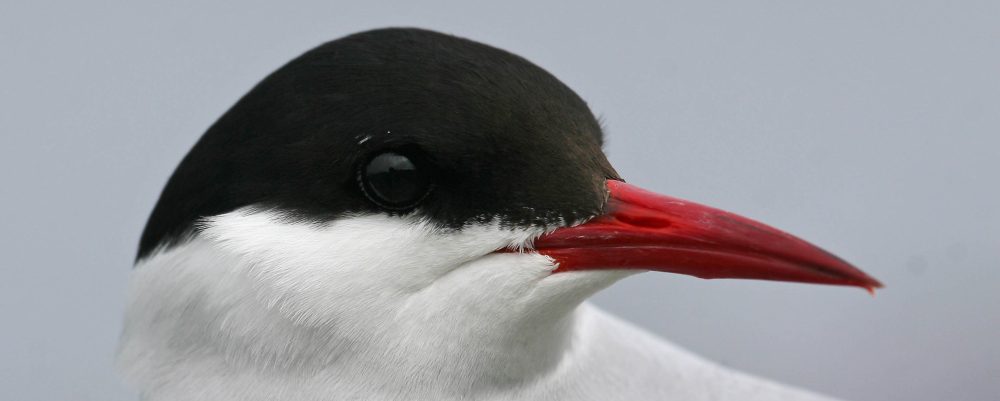2014 will remain in my mind as a good year despite some issues I would rather have not faced. I guess when we go through life there will always be bitter less palatable times mixed in with the sweeter parts of the whole cocktail. When we look back it’s almost always the best times that stand out in our memories; and thank goodness that’s the case.
So what happened in the last twelve months to balance the scales of enjoyment in favour of the positive? Well the answer is simple; LOTS! I’ve tried my best despite difficulty of choice to ‘condense out’ just ten special moments. I’ve listed them here in escalating order of delight.
1) Having visited the enchanted Isles now for over 26 years it has to be said it wasn’t a classic autumn on the Isles of Scillies. No mega rarities; but as always there was still a lot to see. The place is so beautiful it’s just gratifying to be there… God’s acre.
2) Sitting in bright sunshine and enjoying the sheer tranquillity of the rocking of the boat anchored among The Cairns of Col on our Mull Tour was unforgettable.
3) Wandering locally along the cliff tops and hedgerows on the hill here at Northrepps I’ve bumped into and found several birds of note this year. Corncrake, Greenish Warbler, Red breasted Flycatcher, YB Warblers and more. Local self-find birds are so gratifying.
4) Finding your own scarce bird is always a special moment. Finding an Icterine Warbler with friend Andy 500 yards from Falcon Cottage and having him there to share it will stick in my memory for a long time.
5) On the Farne Islands being surprised as the Bridled Tern flew over my shoulder and perched among the other terns just yards away.
6) After receiving a phone call from Steve Gantlett and Paul Lee stating they were watching Pilot Whales of Cley we made the journey from Gorleston to see them. Watching Long finned Pilot Whales off Norfolk was a treat we will wait many years to repeat.
7) When in California we went out to sea with Nancy Black; a skipper of unprecedented skill and expertise. She placed us in among a school of some 700 Risso’s Dolphins of all ages. We were surrounded. Nancy cut the engine and we floated among them. All we could hear was the gentle lapping of the waves against the hull punctuated with the rhythmical blowing of the dolphins. A magic moment I was so pleased to share with Sharon.
8) We went to California to photograph Grey Whales and Bobcats. That side of things was very successful but California had so much more to offer. Watching Black footed Albatross’s sail past the boat, being astounded at the bulk of bull Northern Elephant Seals just metres away and walking through quaking roosts of Monarch Butterflies was just so memorable; as was being dwarfed by Sequoya’s, their tops hidden in the mist raking the sky. One moment that stands out however was seeing two Californian Condors sail above us around the mountains; living dinosaurs and a dream realised.
9) Four tours to Scotland gave all they should do and more; all the specialities and a few special moments. The Golden Eagle carrying a Hare over us on Mull, the Minke Whales offshore and the Common Dolphins that played around the boat. The moment that is most memorable however was being aside friend Bob as a Capercaille strutted its stuff at our feet.
10) The top moment of the year however has to be while visiting Minsmere at the end of October. I was leading a small party of bird watchers. As we walked to the sea I had the audacity to think that I might re-find the previous year’s revisiting Humpback Whale … and bugger me I did. Nobody was more surprised and delighted than me when I looked towards the horizon and actually saw it. Finding Suffolk’s second Humpback and also watching it the following month from the Norfolk coast was just simply the best feeling.
So those are my highlights for this year. What on earth can we look forward to in 2015?
HAPPY NEW YEAR!






























